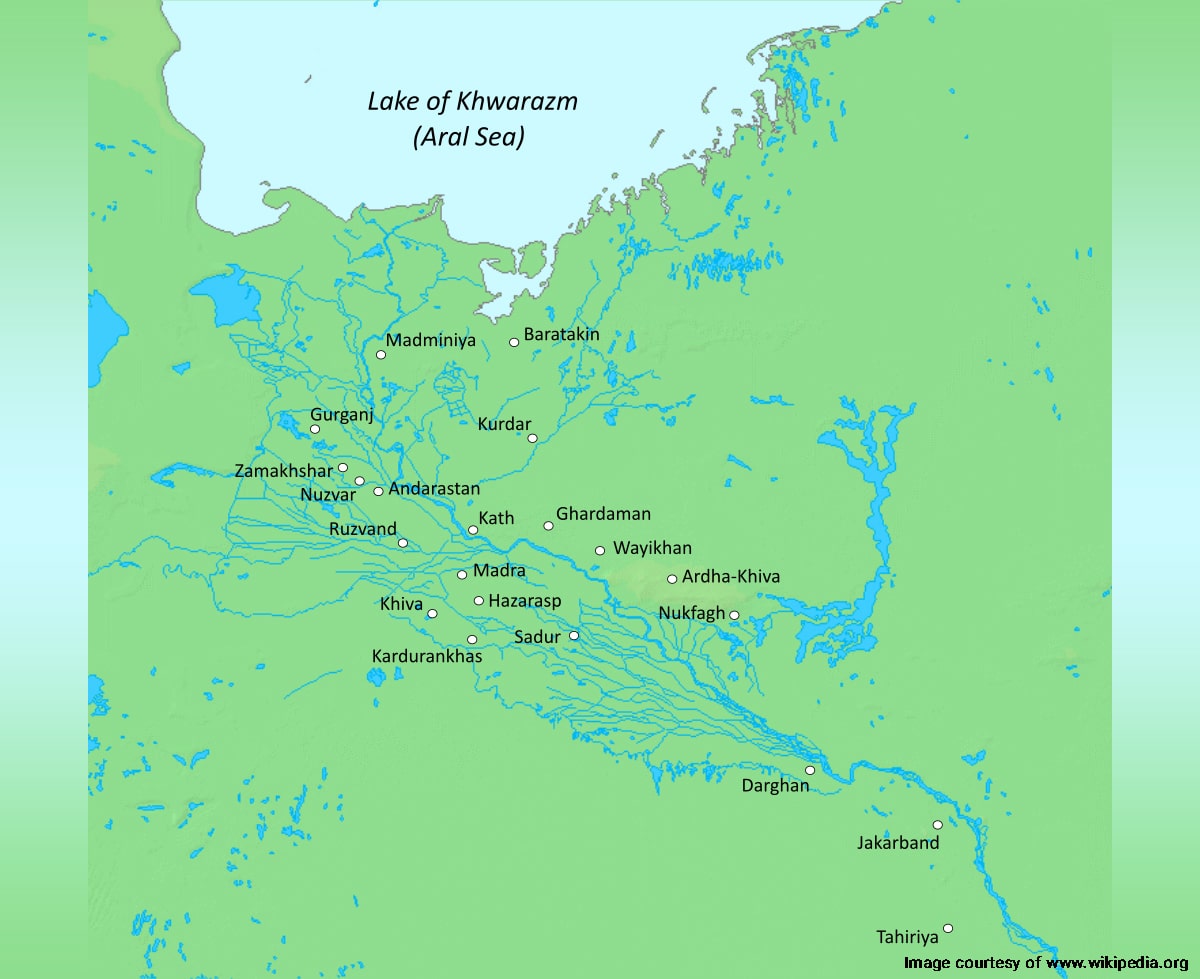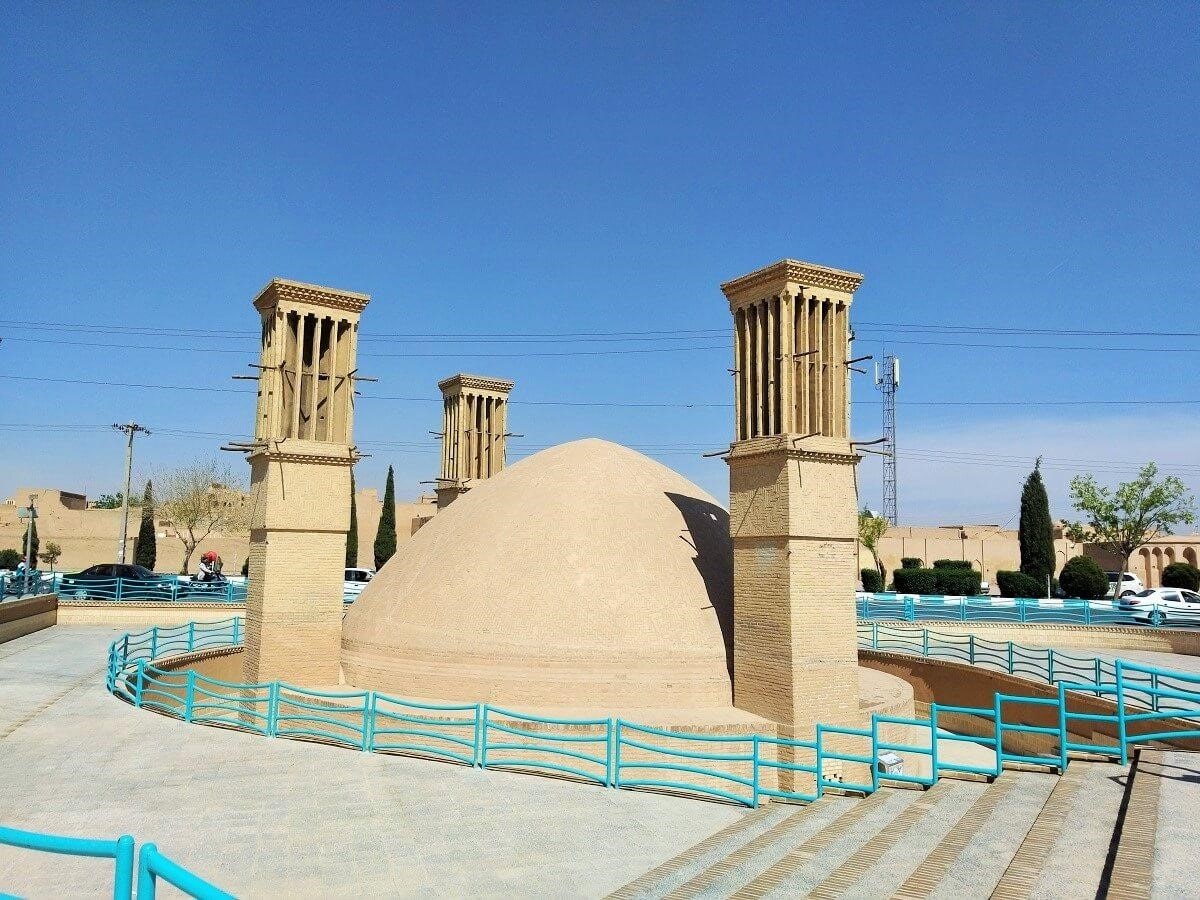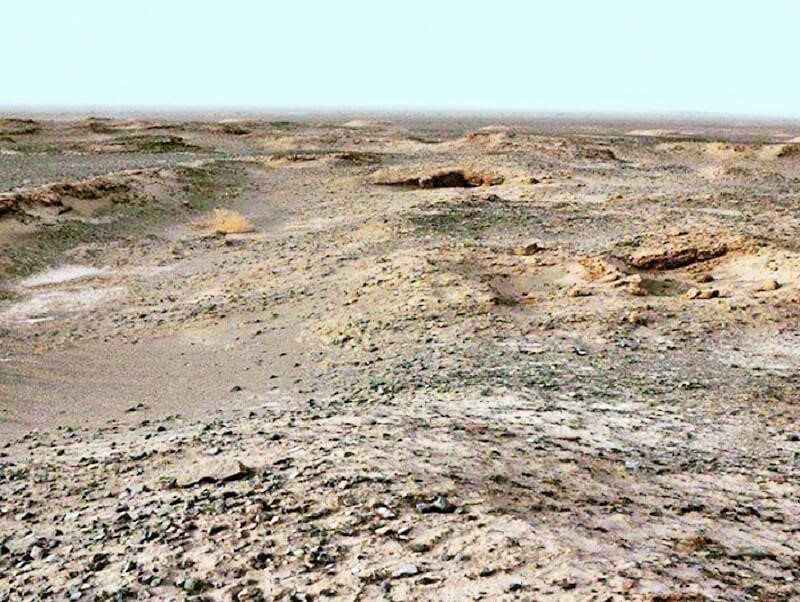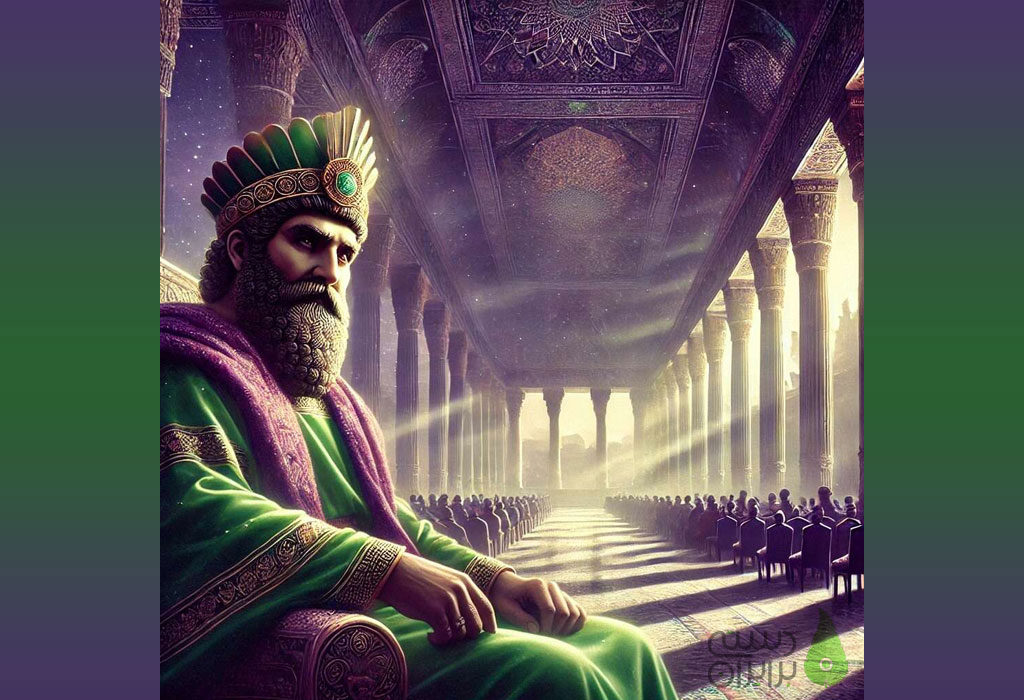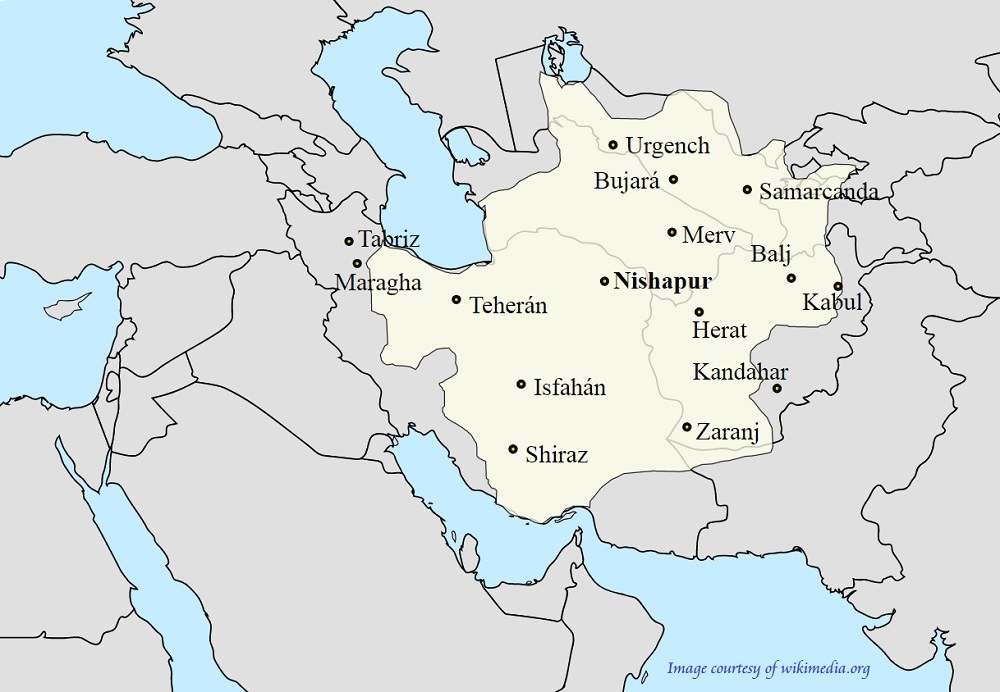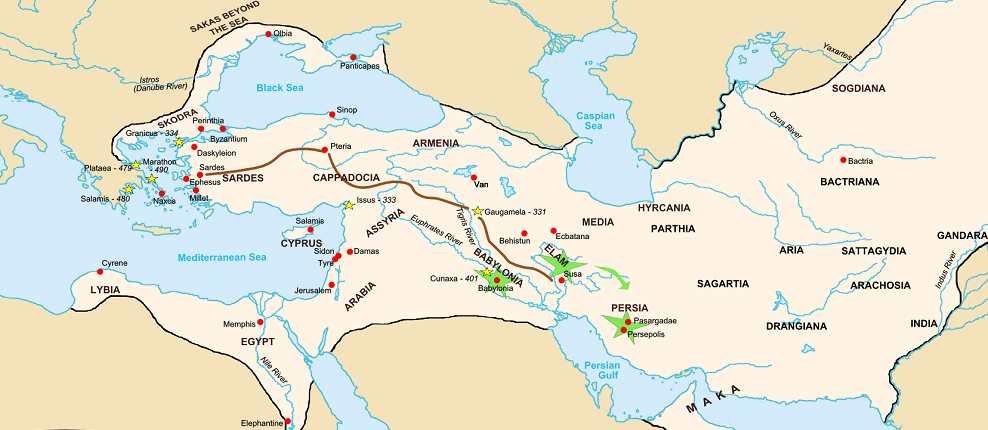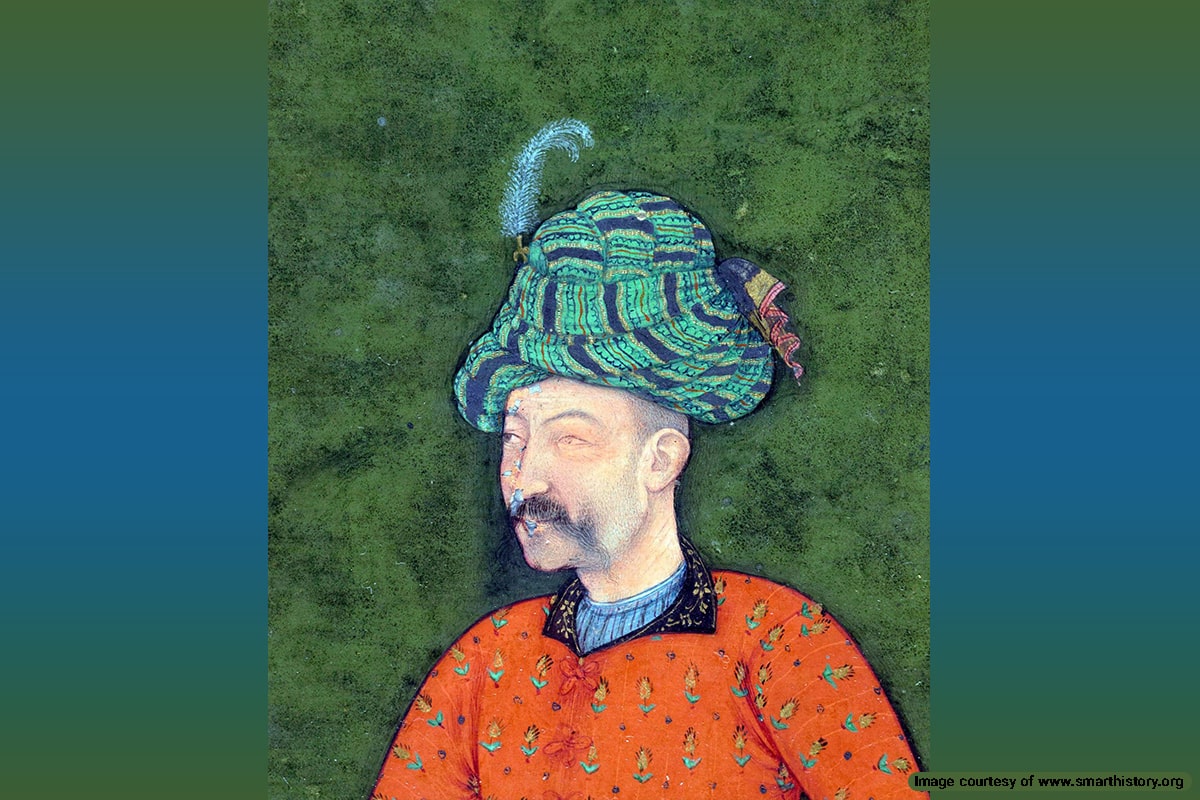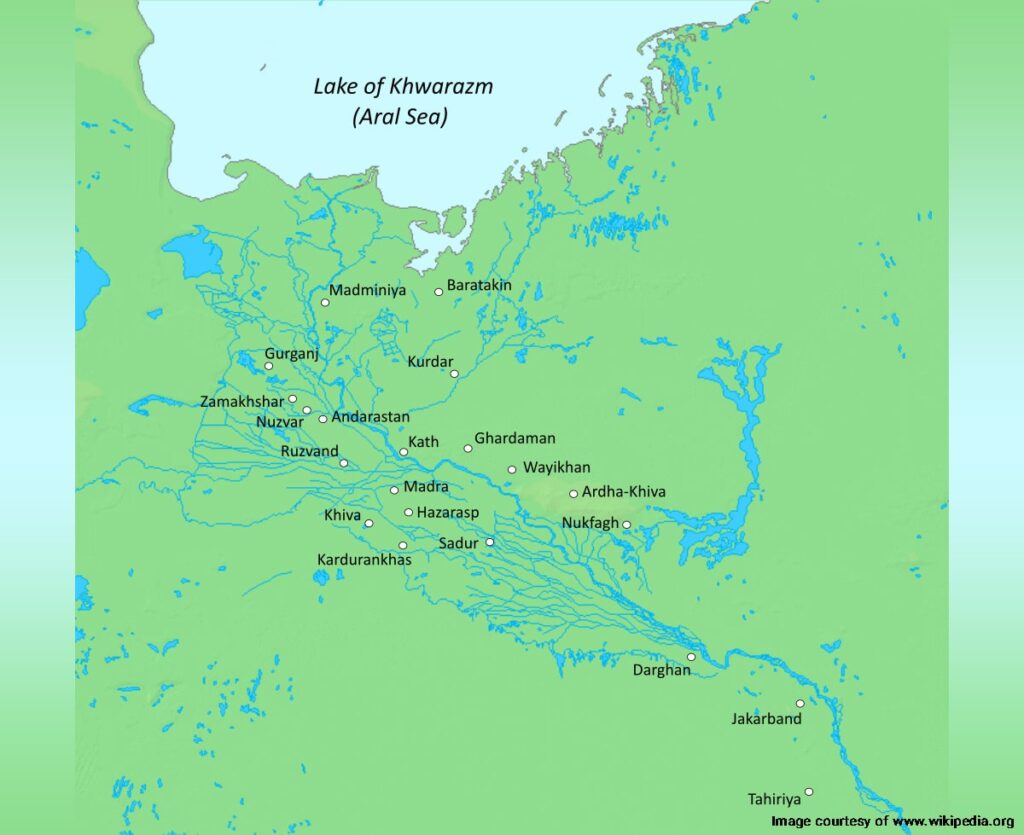
Anushtegin Gharchai was a Turkish slave turned Seljuk commander from Gharchistan in modern Afghanistan, east of Herat. He was sold to Gumushtegin Bilge-Beg, a commander serving Malik Shah I, the third Seljuk king. His rise to power in the early second millennium BCE laid the foundations of the Khwarazmian Empire.
There are few records of Anushtegin’s origins; some scholars believe he was from the Bigdeli tribe, one of the 22 Oghuz Turk tribes. Others have attributed him to the Chigils, Kangly, Uyghurs, and Kipchaks.
Anushtegin Dynasty of the Khwarazmian Empire
The earliest records of Anushtegin date back to 1073 and the Seljuk-Ghaznavid conflict over Northern Khorasan. Gumushtegin Bilge-Beg was tasked by Malik Shah I to defeat Ibrahim of Ghazna and conquer the territories of Sakalkand in northern Afghanistan. He was appointed a “Tasht-dar ”, a ceremonial role that was the keeper of royal Tashts (bowls).
Due to his military proficiency and familiarity with the Khwarazm territories, he was appointed the Shihna (military administrator) of Khwarazm known as Khwarazmshah in 1077. Provincial taxes covered the Seljuk Tasht-dar’s expenses at this point.
There are records of the appointment of Ezz-al-molk, son of Nizam al-Mulk, as the governor of Khwarazm. But the exact date of his appointment and any conflict with Anushtegin is unclear. From 1077 until 1097, Anushtegin Gharchai governed Khwarazm for the Seljuks. After the death of Malik Shah, his successor, Berkyaruq, reaffirmed Anushtegin’s power in Khwarazm as a Seljuk governor.
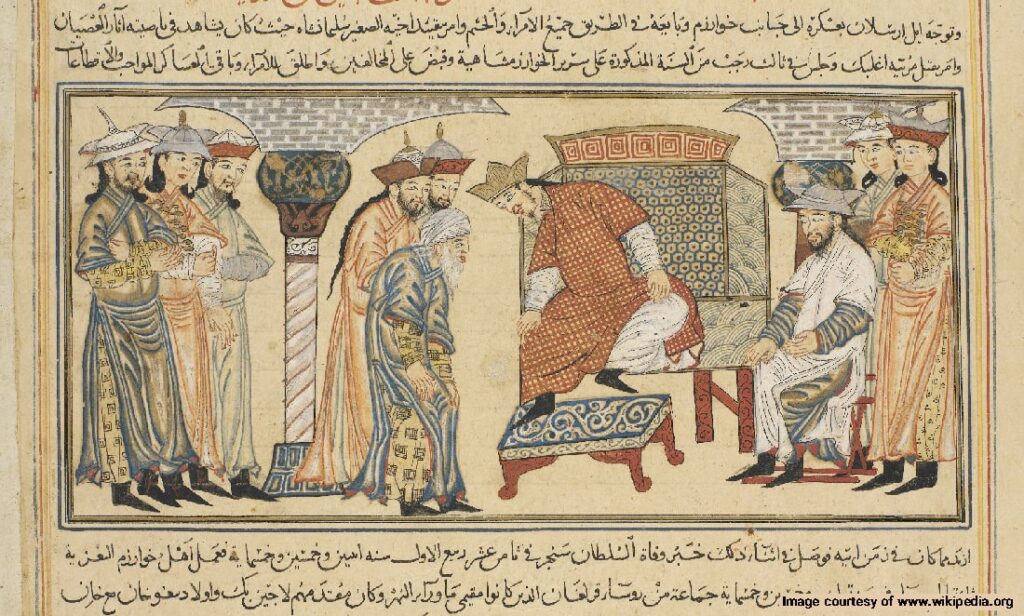
Aftermath of Anushtegin’s Death
After Anushtegin died in 1097, Berkyaruq appointed Ekinchi, a Turkish governor, for Khwarazm. Ekinchi was murdered in less than a year by two Seljuk Emirs who revolted against Berkyaru. In 1098, Habashi ibn Altun-Taq selected Qutb ad-Din Muhammad, the son of Anushtegin as the new governor.
Qutb ad-Din would remain loyal to Ahmad Sanjar in Khorasan until his death, as Muhammad I of the Khwarazmiam Empire. Muhammad I helped the Karakhanid Arslan Khan, another Seljuk governor, suppress the unrest in his territories. He supported Sanjar’s campaign against the Seljuk ruler Mahmud II.
His son, Atsiz, revolted against the Seljuks twice but was defeated by Sanjar both times. He was once dethroned as the Khwarazmshah, but following his second uprising, Sultan Sanjar reappointed him as the governor of Khwarazm.
Khwarazm Language and Political Importance in the Seljuk Period
The Khwarazmian language, an extinct eastern Iranian language, developed in this period and was the common language in this Seljuk province before the spread of Turkic languages. Because of this Turkic influence, the Seljuks usually appointed Turkish slaves to govern the province. The only exception occurred during the rule of Alp Arsalan, the second Seljuk ruler who appointed his brother Arsalan Arghun to govern Khwarazm.
During the Seljuk and Khwarazm periods, Sunni Islam was the official religion of the province and large parts of the Iranian plateau. This meant they were religiously obligated to follow the decrees of Arab caliphates in Baghdad, which became a source of frustration that led to the invasion of Baghdad in later periods.
Khwarazm province was a rather significant territory to the Seljuk Empire, as it maintained a stream of revenue for their military campaigns in Central Asia. In addition, governors of Khwaram were tasked with suppressing uprisings of Turkish nomadic tribes in the northwest of Seljuk territories.
Learn More About the Khwarazmian Empire
Khrarazm province and its governors played a significant role in the prelude to the Mongol invasion of Persia. The actions of the Khwarazm dynasty in the following years proved fatal to Iranians, as their ignorance towards the Mongol threat and lack of diplomacy angered Genghis Khan to destroy a large portion of Iranian cultural heritage.
In addition, the Khwarazmian dissent against the Abbasid Caliphate in later years played an important role in the eventual dissipation of Arab control in Iranian territories. You can find out more about the history of Iran and Iranian dynasties after the Arab Invasion of Iran on Destination Iran.
Frequently Asked Questions About Anushtegin Gharchai
If you have any other questions about Anushtegin Gharchai or the Khwarazmian Empire, let us know in the comments. We will respond as soon as possible.
What does the name Anushtegin mean?
Anushtegin is a combination of two words: Anush (Nush) and Tegin. Nush is a Persian word that means immortal or someone who is born of undying parents. Tegin is a Turkish word that means prince. So Anushtegin means an undying prince or a prince born of undying parents.
Who was Anushtegin Gharchai?
Anushtegin Gharchai was a Turkish slave commander in the service of the Seljuk empire in the early second millennium. He was appointed Tasht-dar (keeper of royal washing bowls) and the governor of Khwarazm in 1077 following his success in the military campaigns in Sakalkand (northern Afghanistan).
Who is the founder of the Khwarazmian Empire?
Anushtegin Gharchai is the first ruler of the Anushtegin house of the Khwarazmian dynasty who rose to power during the Seljuk era. While he remained loyal to the Seljuk rulers until his death, he laid the foundations of the Khwarazmian Empire for his son, Mohammad I of Khwarazm.
Where is Khwarazm province today?
Khwarazm is located in the river delta of Amu Darya which was located northeast of ancient Iran. Today, this area is located in northern Afghanistan.






